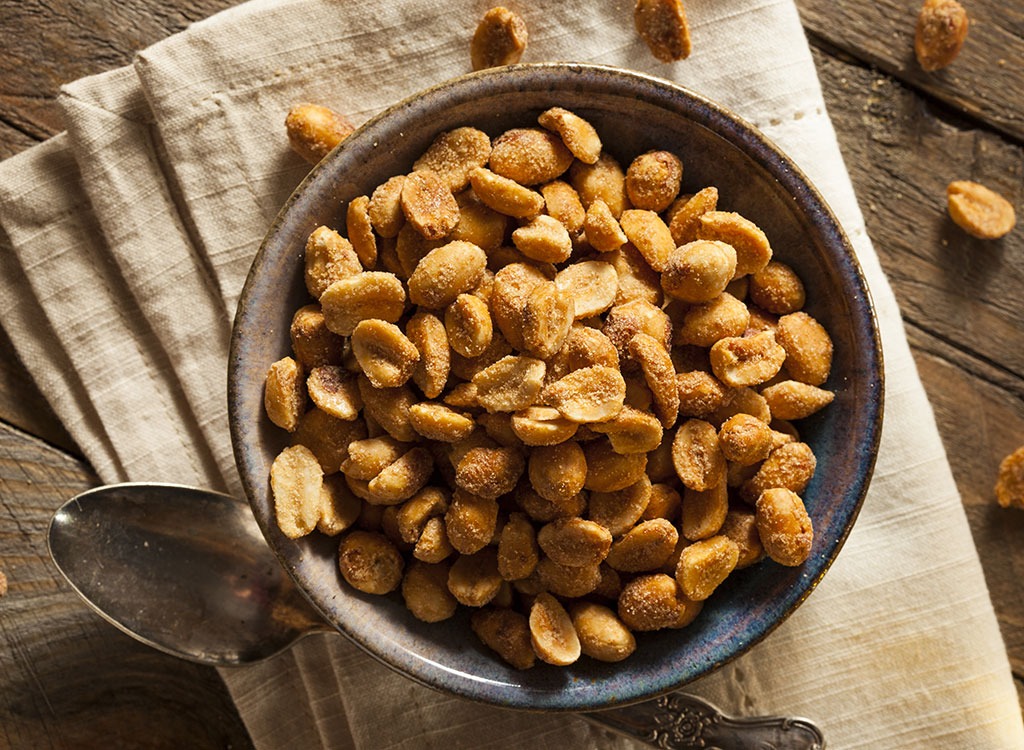
Despite conventional wisdom, a diabetes diagnosis doesn’t mean you have to commit to a bland and boring diet. There are loads of delicious foods that are safe and healthy to eat—you may just not know what they are yet. But that’s okay, because we’re here to help! Read on to discover the best and worst drinks, grains, proteins, and produce picks for your diet, according to top nutritionists. Once you’ve read through the list and added some things to your shopping list, click over to these 15 Cooking and Eating Tips If You Have Diabetes to find out how to transform the Eat This picks into delicious, satisfying meals.
GRAINS
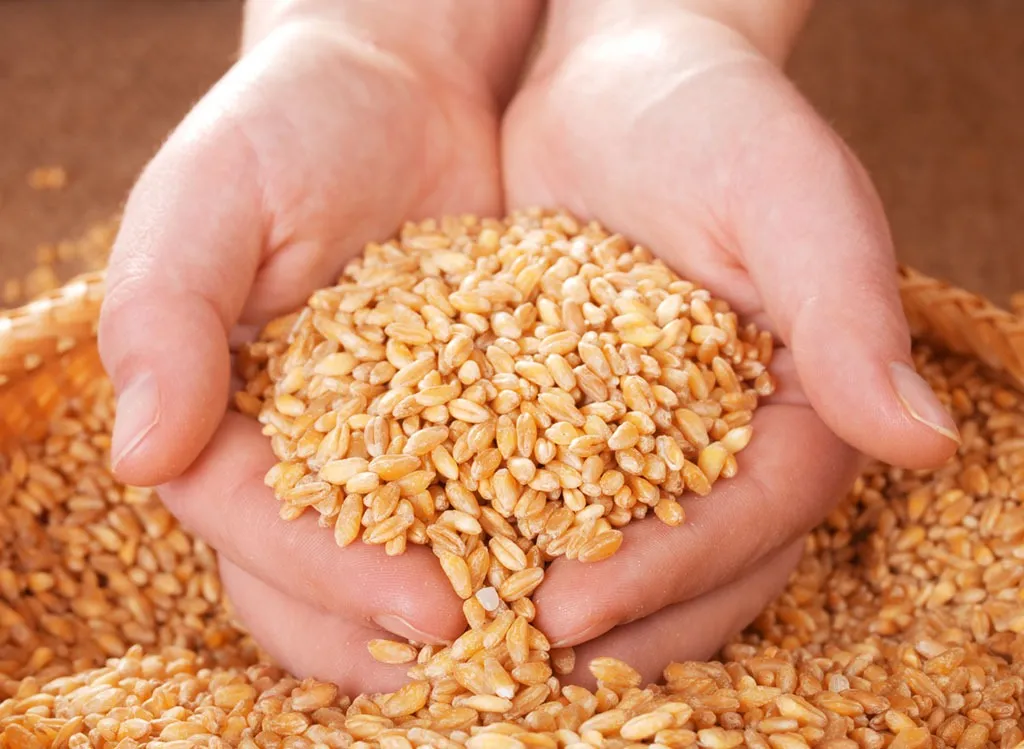
According to the American Diabetes Association, it’s important to choose the most nutritious whole grains possible. Although grains help to maintain steady blood-sugar levels and provide heart-healthy fiber, white flour-based products can’t claim the same. Because the bran, germ, and endosperm have been compromised, these foods elevate blood-sugar levels and should only be consumed on occasion.
EAT THIS: Oats

“Oats contain a type of fiber called beta-glucan, which seems to have an anti-diabetic effect,” explains Jackie Newgent, RDN, CDN, author of The All-Natural Diabetes Cookbook., adding,* “I advise people with diabetes to steer clear of added sugars by enjoying savory rather than sweet oatmeal.” For some tips on whipping up a delectable bowl of oats, dig into these 20 Savory Oatmeal Recipes for a Flat Belly.
NOT THAT!: Pastries

Though you likely assumed sugary donuts and muffins weren’t the best way to kick off your day, we bet you didn’t realize just how awful certain pastries can be. “Cinnamon rolls, for example, can contain more saturated fat and added sugars than people with diabetes should have in an entire day,” cautions Newgent. Yikes! Always turn down this coffee-shop bad boy.
EAT THIS: Quinoa
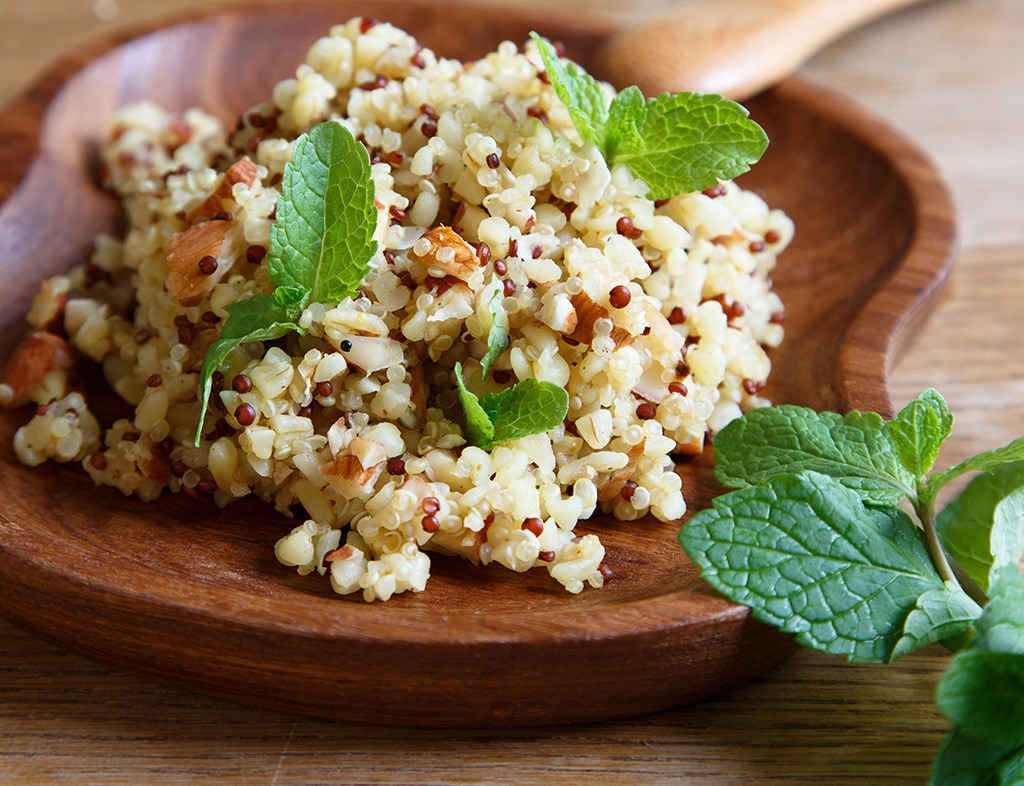
This nutty, trendy whole grain is a good source of fiber and protein, making a smart pick for a diabetes diet, Sarah Koszyk, MA, RDN tells us. “With the fiber and protein combination found in quinoa, you’ll feel fuller and have better blood sugar control. Protein also helps with the uptake of carbohydrates so the body can process them more easily. I suggest enjoying quinoa in a salad or casserole.”
NOT THAT!: White Bread
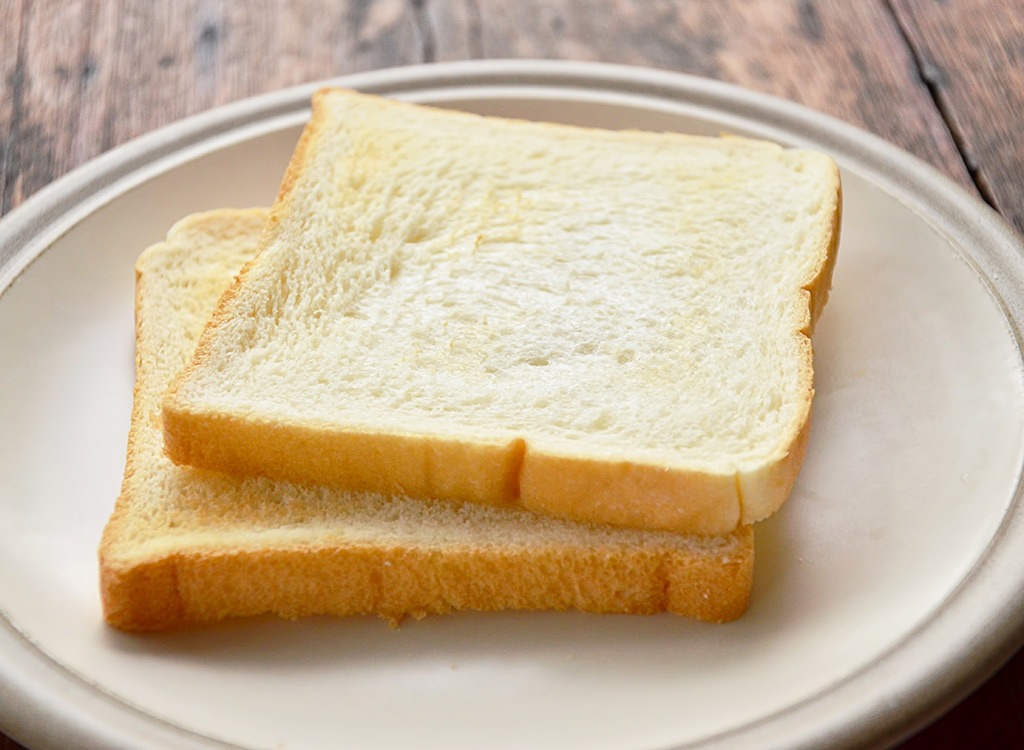
You can have bread, but just not the white kind, says Lori Zanini, RD, CDE, creator of The Free 7 Day Diabetes Meal Plan. “White sandwich bread is a refined grain, not a whole grain. When eaten as is, it has a high glycemic index and can directly lead to elevated blood-sugar levels.” Swap white bread for whole grain or Ezekiel bread and choose whole-grain pasta or a legume-based pasta in lieu of regular nutrient-stripped noodles. We like Banza Chickpea Pasta. You can snag a 6-pack on Amazon.com for $26.
PROTEINS
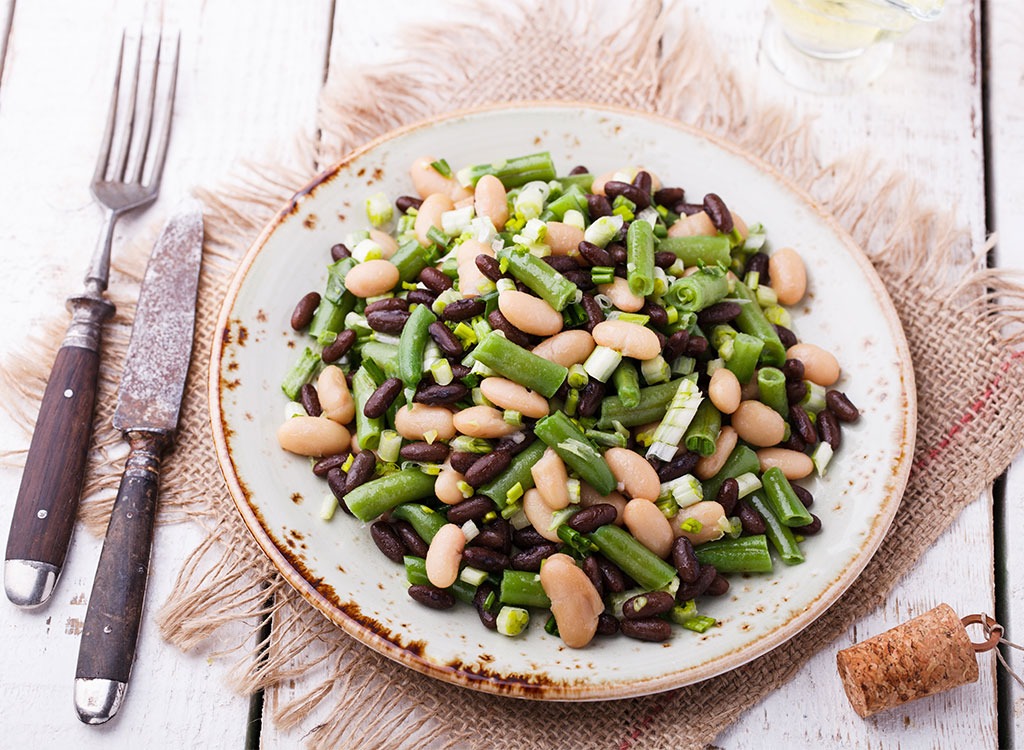
When choosing proteins, it’s important to pay attention to their carbohydrate and fat content. While grilled and baked meats are typically low in carbs, plant-based proteins (like beans), as well as breaded and fried meats, contain carbs. With that in mind, it’s best to read food labels carefully before digging into these foods so you can portion your servings properly.
EAT THIS: Beans & Lentils
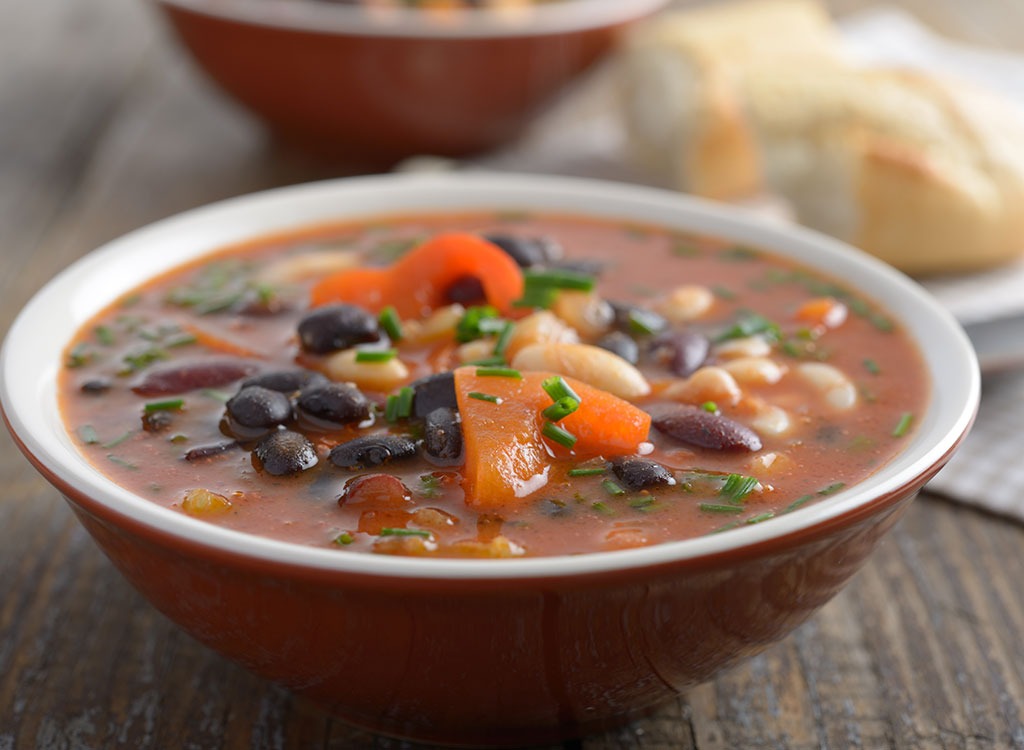
“Dry beans and lentils provide a notable combination of plant protein and soluble fiber that can help boost feelings of fullness and help manage blood sugar levels,” Newgent explains. “Replacing some meat with beans or lentils can play a helpful role in heart health—which is of particular importance for people with diabetes.” Not sure how to include them in your diet? Koszyk says garbanzo beans, kidney beans, black beans, mung beans, and lentils can all be enjoyed in salads, soups, casseroles, and chili. She also suggests pureeing them to make hummus. These 11 Tips for Making Homemade Hummus can help you make an especially delicious batch.
NOT THAT!: Char-Grilled Meat
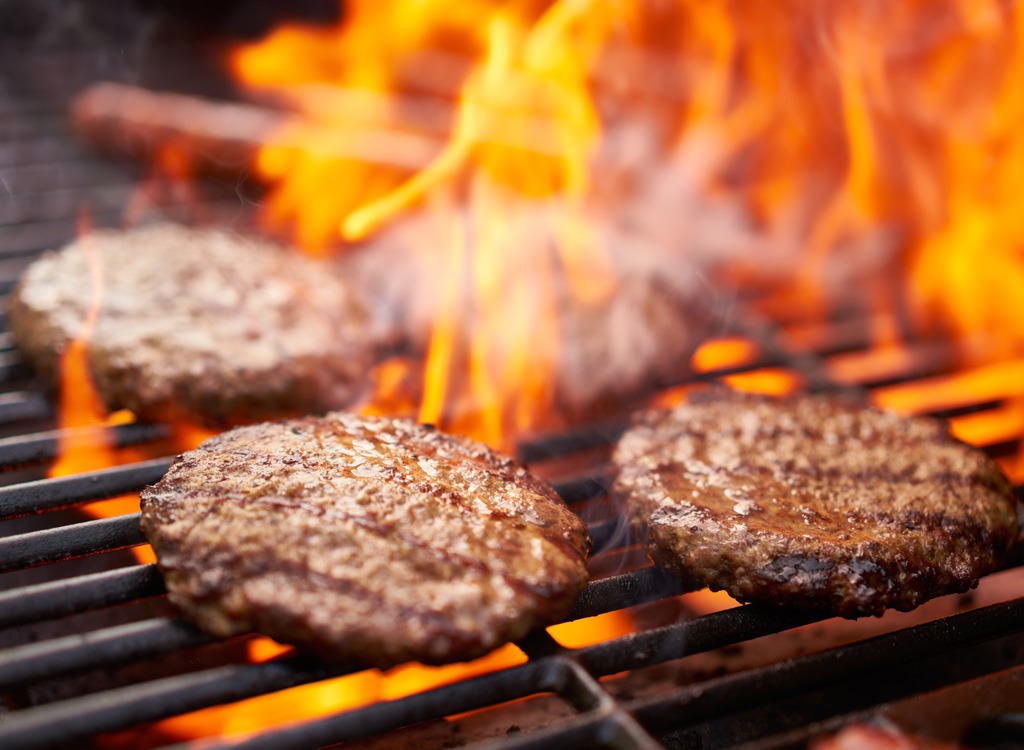
“They may be tasty come summer, but char-grilled, burnt meats damage cell membranes and insulin receptors that are associated with insulin resistance, cautions Miriam Jacobson, MS, RD, CNS, CDN of Every Body Bliss. A little bit of char is inevitable when you’re grilling, but if any parts are extremely blackened, cut them off before digging in, the American Diabetes Association advises.
EAT THIS: Wild Salmon
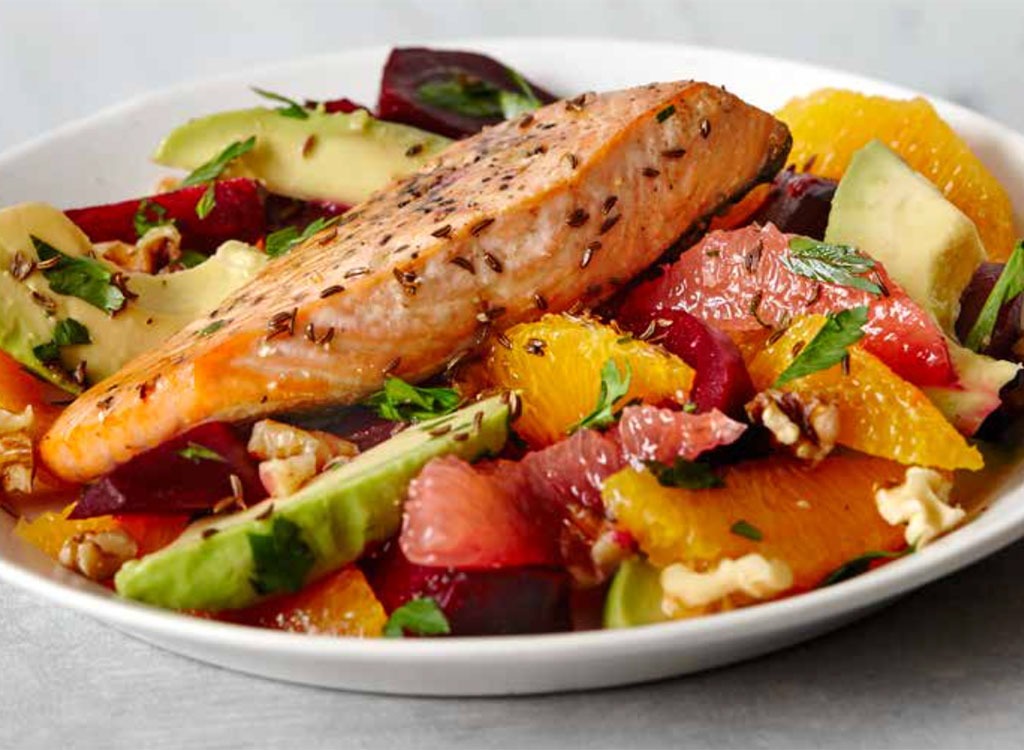
“Salmon is a smart addition to anyone’s eating plan, but for individuals with diabetes, it’s especially beneficial,” Zanini tells us. Here’s why: “It’s a healthy protein source that will not raise blood sugar levels and will help to lower ‘bad’ cholesterol levels, which increases the risk of heart disease and stroke—a major concern for diabetics.”
NOT THAT!: Country Fried Steak
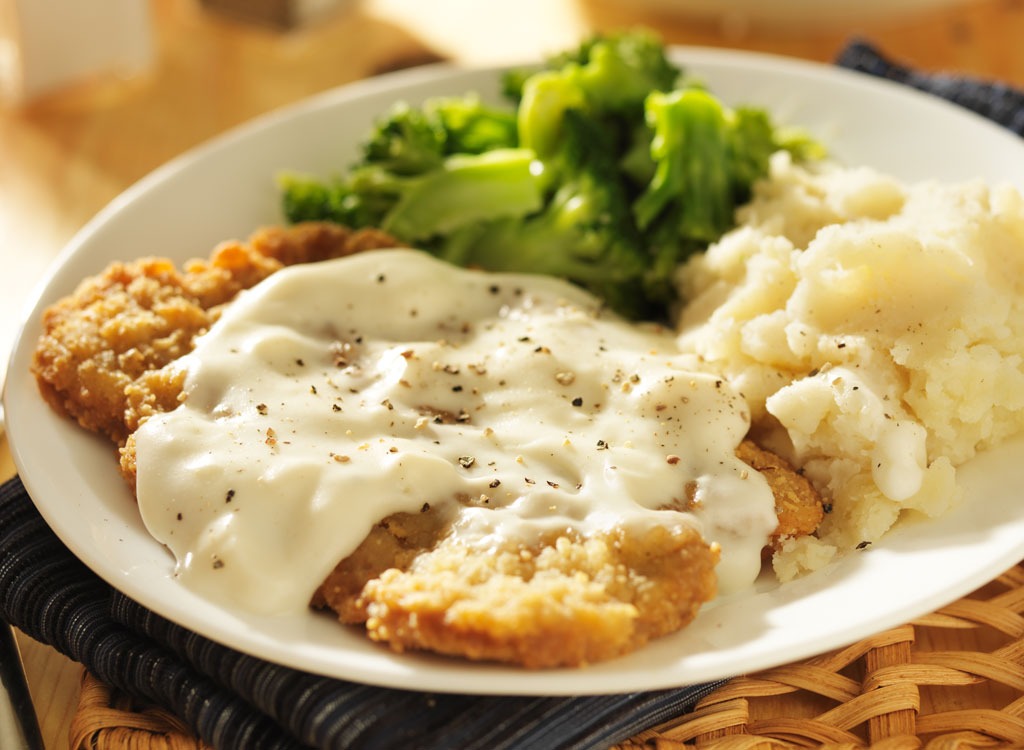
Made with tenderized cube steak and white flour, this pan-fried Southern dish is one you’re better off skipping, Newgent warns. “The combination of a high-fat meat coupled with a starchy breading makes this a double-whammy of bad news for folks with diabetes, especially as it relates to their heart health.” A grass-fed sirloin tip side steak is one the leanest varieties in the butcher shop. Grill or broil a piece and enjoy it instead of the fried alternative. Paired with a sweet potato and a non-starchy vegetable like spinach or sauteéd peppers and onions, you’ll have a healthy and satisfying meal.
EAT THIS: Greek Yogurt
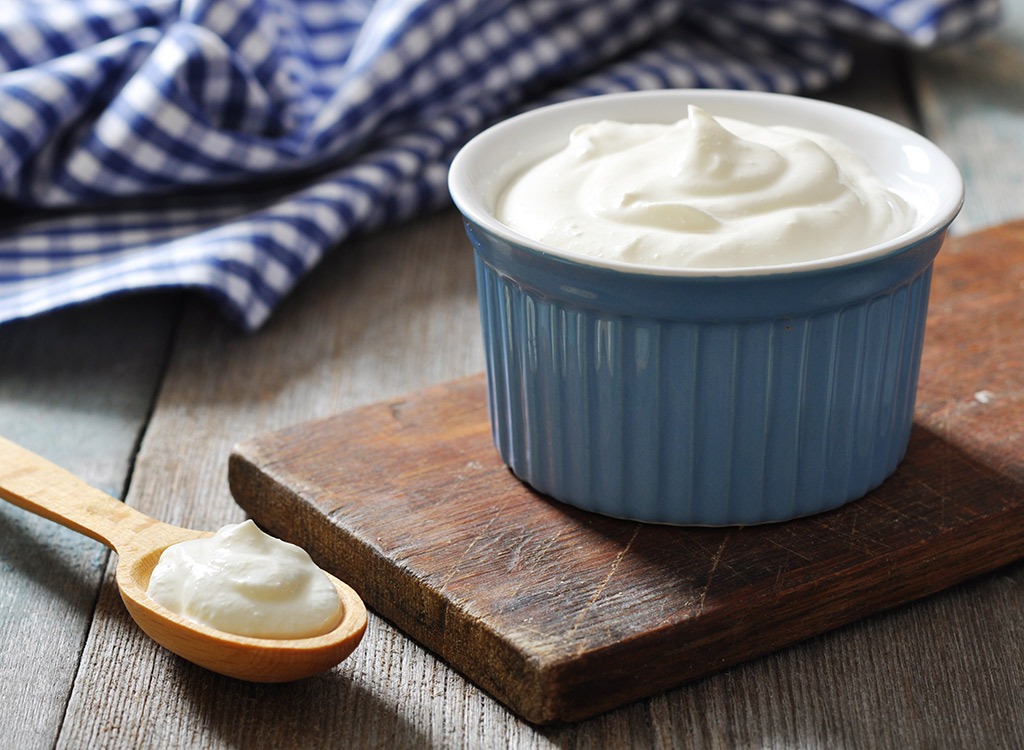
Looking for a protein-packed way to fuel your morning? Greek yogurt is the answer. “It naturally contains both carbohydrates and protein, which is a perfect combination to help control hunger levels and blood sugars,” says Koszyk. “Plus, choosing Greek yogurt will give you more protein and fewer carbohydrates than regular yogurt, which can help better control blood-sugar levels. Enjoy yogurt in a smoothie or as a snack paired with some berries and chia seeds.” For more creative Greek yogurt ideas, don’t miss these 21 Awesome Ways to Lose Weight With Yogurt.
FRUITS & VEGETABLES
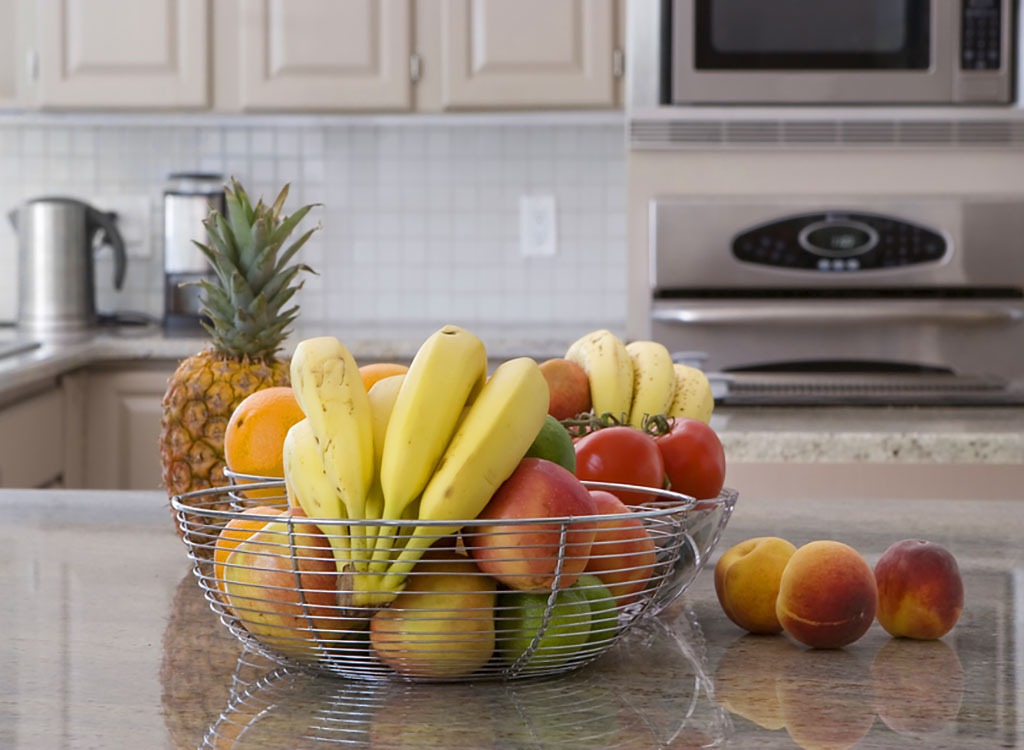
There are two categories of vegetables: starchy and non-starchy. Starchy vegetables like potatoes, corn, and butternut squash are all excellent sources of nutrients, but because they contain more carbs than non-starchy veggies like Brussels sprouts and broccoli, portion control is of the utmost importance.
EAT THIS: Leafy Greens
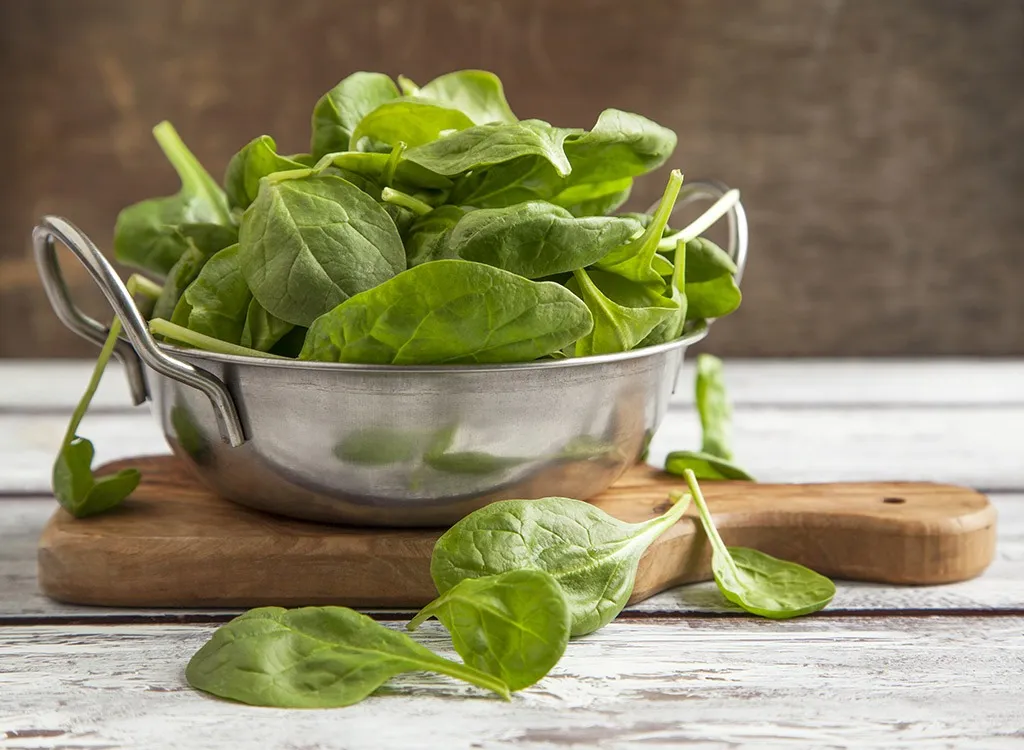
One the best ways to control your blood sugar is to follow the diabetes plate method, which calls for filling half your plate with non-starchy veggies, a quarter with a grain or starchy veggie, and a quarter with a lean protein. “This method helps keep calories in check, portions satisfying, and nutrients high,” Newgent explains, adding, “Greens like kale and spinach are great non-starchy vegetable options because they contain lutein, an important nutrient for eye health. This nutrient is essential for people with diabetes since they have a higher risk for blindness than those without diabetes.” For more foods that will keep your peepers healthy, dig into these 4 Best Foods for Eye Health.
NOT THAT!: Fries
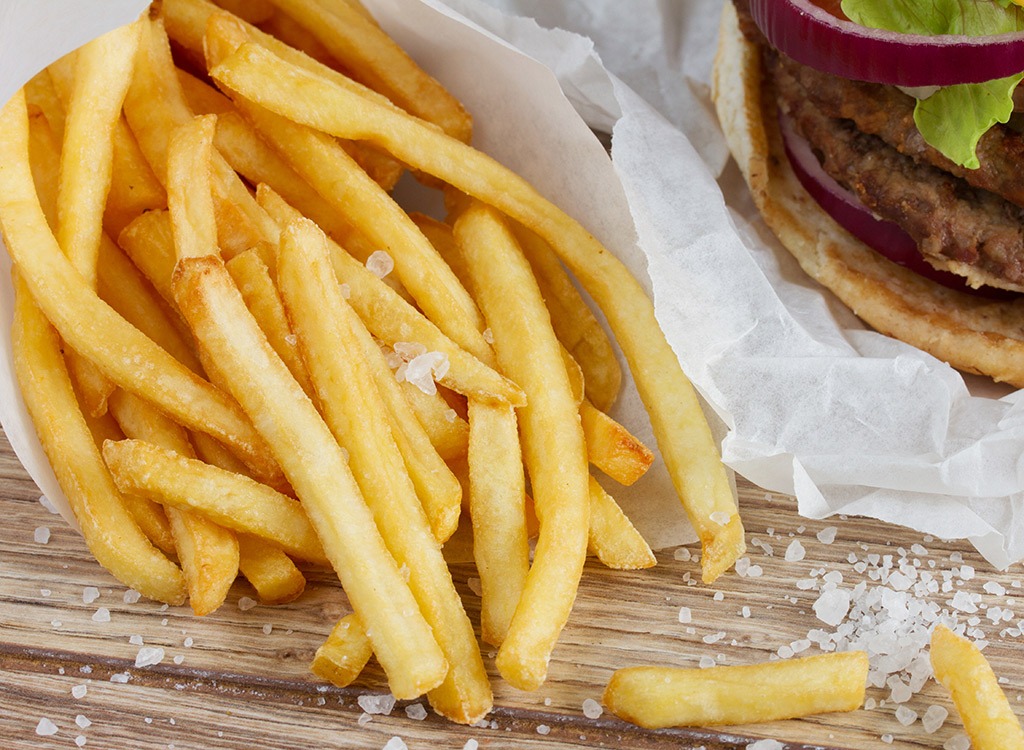
It’s not that you can’t eat potatoes, you just have to be cognizant of how they’re prepared and how much you consume. French fries, for example, are a no-go. “Fried foods are high in simple carbs and fat, which is a tough combination for diabetics. It will raise blood sugar quickly and keep it high for a long time because the fat takes awhile to digest,” Zanini explains. Boiled or baked potatoes, on the other hand, are safe to eat in moderation. Stick to a ½ cup serving, and pair with a protein and non-starchy vegetable to keep blood-sugar levels even-keeled.
EAT THIS: Berries
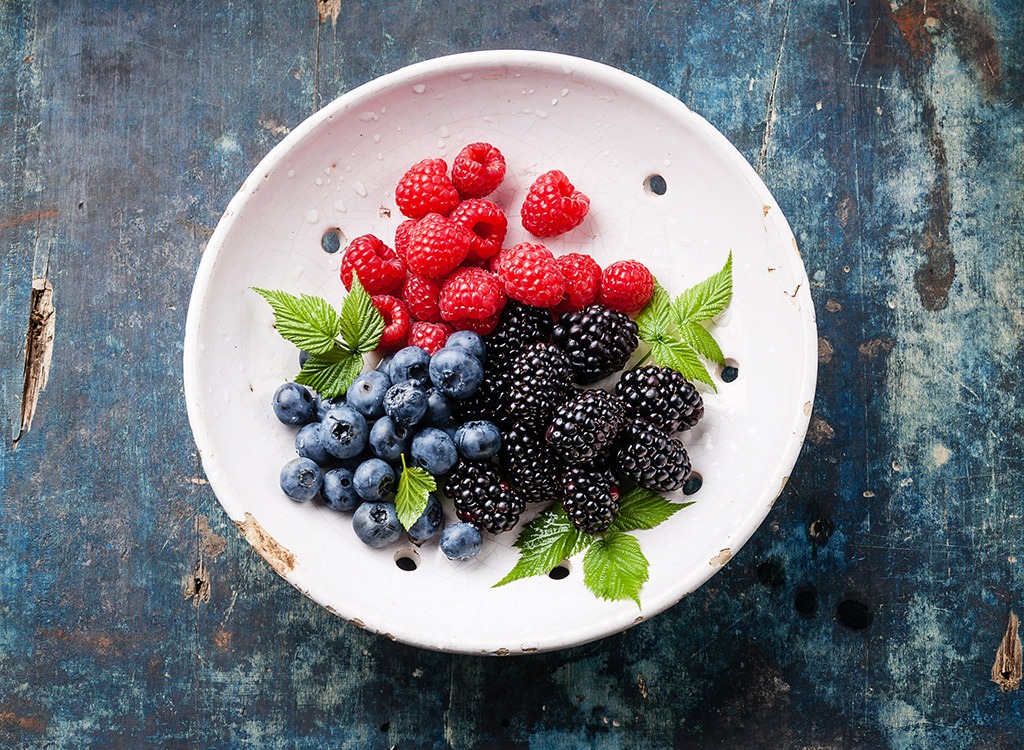
Craving something sweet? Berries are nature’s candy, so consider them your go-to when your sweet tooth strikes. “Strawberries, blueberries, raspberries and blackberries are all low on the glycemic index and are considered to be superfoods for diabetics. This is due to their ability to gradually raise blood sugars,” Koszyk explains.
NOT THAT!: Fruit Smoothies
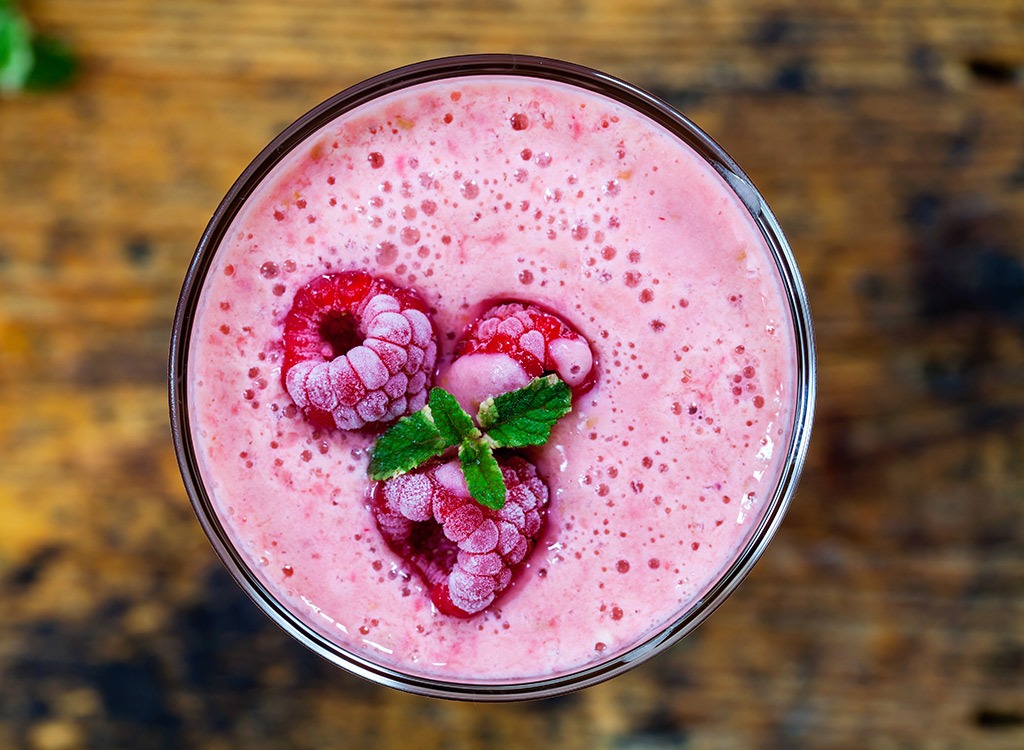
Sure, it seems healthy, but a smoothie made primarily of fruit isn’t the best bet for those with diabetes. Instead, opt for a drink made with one serving of fruit (like ½ cup berries), one serving of spinach or kale, a healthy fat (like nut butter), and a protein such as Greek yogurt or unsweetened protein powder.
EAT THIS: Cruciferous Vegetables

“Cruciferous vegetables like kale, broccoli, cauliflower, brussels sprouts and cabbage are high in something called sulforaphane,” Jacobson says. “The compound helps reduce oxidative stress and vascular complications associated with diabetes like heart disease and neuropathy, a term used to describe a problem with the nerves.”
FATS
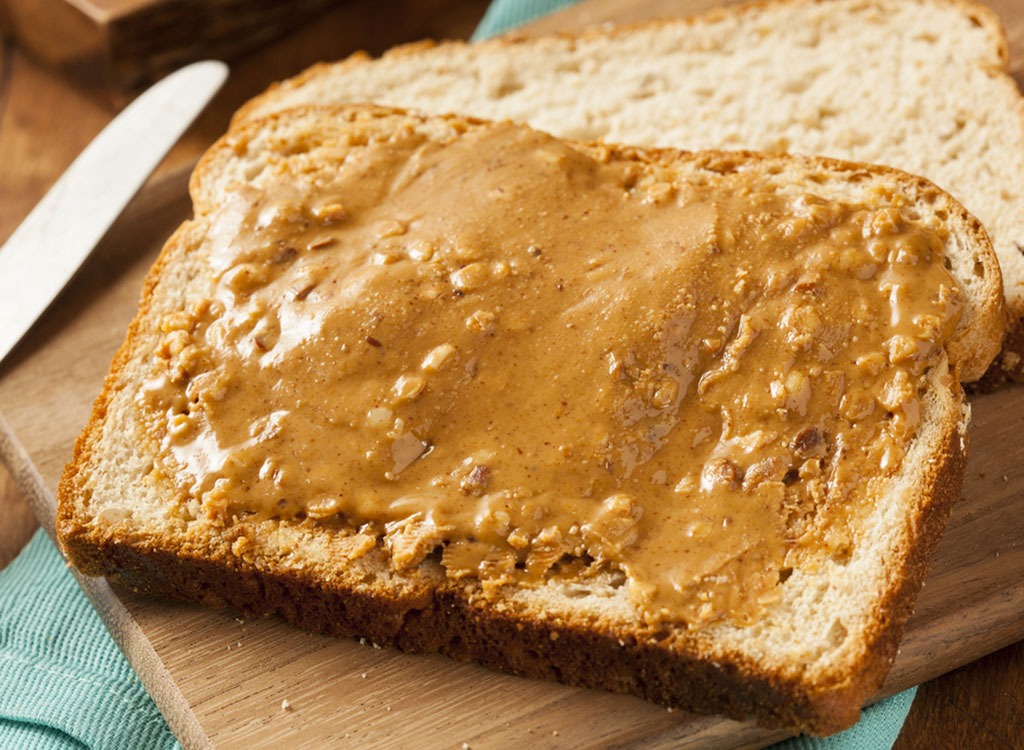
When it comes to diabetes management, carbs get all of the attention. But the type of fats you consume are just as important as your carbohydrate intake. Although unhealthy fats raise your risk for heart disease (a condition that diabetics have an increased risk of developing), healthy fats can help protect your ticker and bolster your overall health.
EAT THIS: Avocado
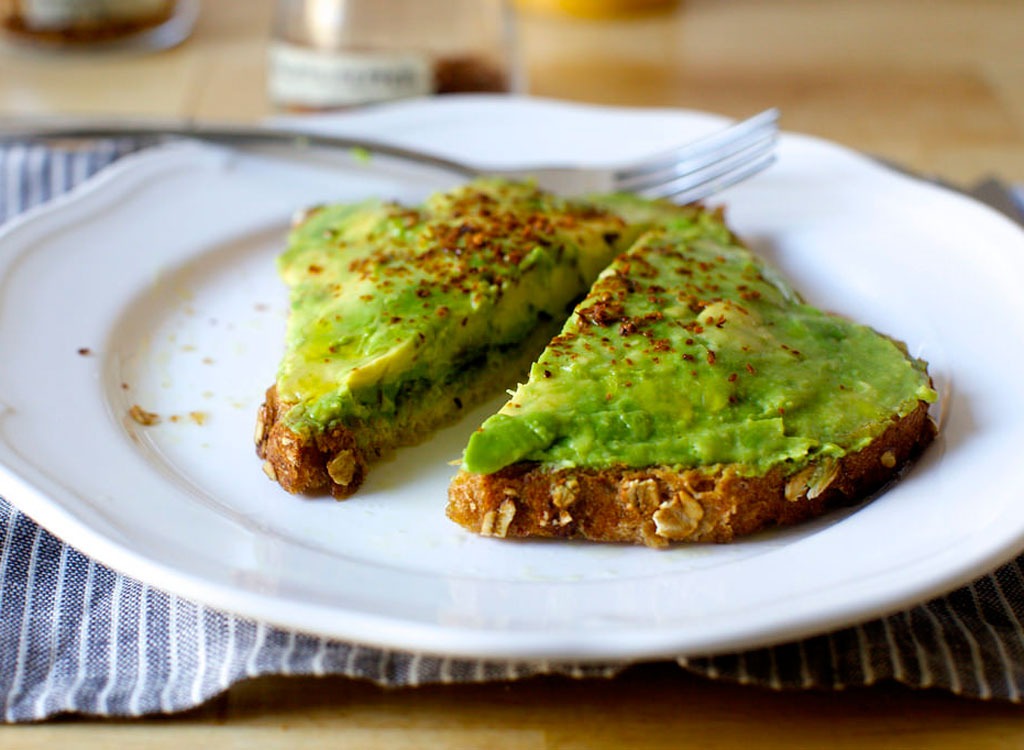
Avocados really do live up to their hype. Not only are they creamy, delicious and versatile, they can help you maintain healthy blood-sugar levels. “Avocados contain a significant amount of healthful fats and dietary fiber, which help slow carbohydrate digestion and absorption. Including avocado in meals is a scrumptious way to help prevent spikes in blood sugar,” Newgent tells us. Sick of simply adding slices of the stuff to your salads and omelets? These 18 Ways to Satisfy Your Avocado Cravings can help you get more creative in the kitchen.
NOT THAT!: Shortening
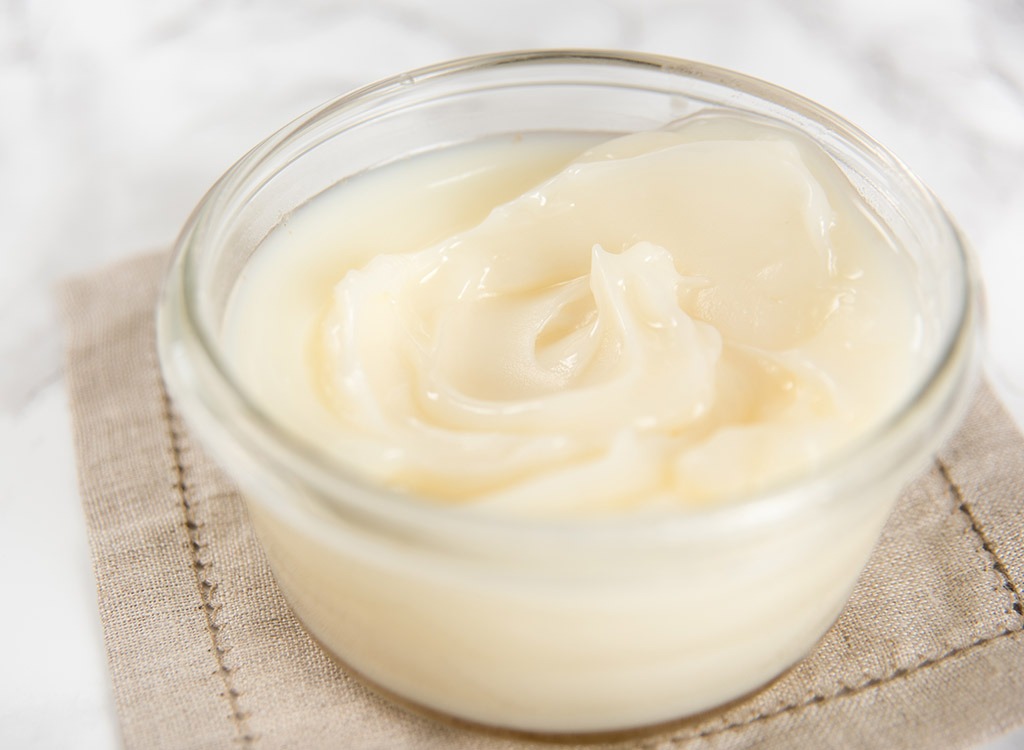
According to the American Diabetes Association, people with diabetes are at high risk for heart attack and stroke. One of the easiest ways to keep yourself safe is to limit your saturated fat intake. Things like lard, palm oil, and high-fat meats and dairy products should all be consumed in moderation. When buying packaged goods, look for hydrogenated oils on the ingredient label. If you see it listed, that means there’s trans fat in the product (even if it claims “0 g trans fat”), and it’s best to put it back on the shelf.
EAT THIS: Chia Seeds
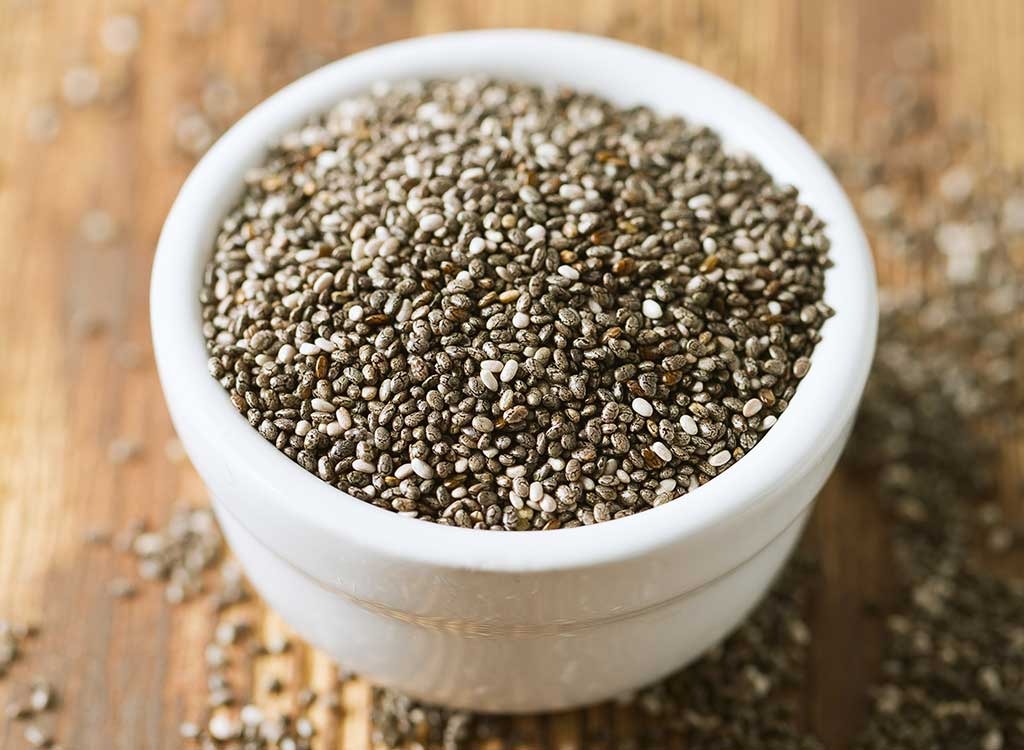
“Chia seeds are a heart-healthy fat that contains fiber and omega-3s,” Koszyk explains. “Research suggests that chia seeds help control blood glucose. And it’s all thanks to the fiber content slowing the passage of glucose into the blood. Also, fiber fills us up which reduces our appetite and helps us eat less.” Koszyk suggests enjoying chia seeds in yogurt, fruit and veggie smoothies, or salads. Chia pudding is another delicious way to fit the superfood into your diet.
NOT THAT!: Roasted Nuts
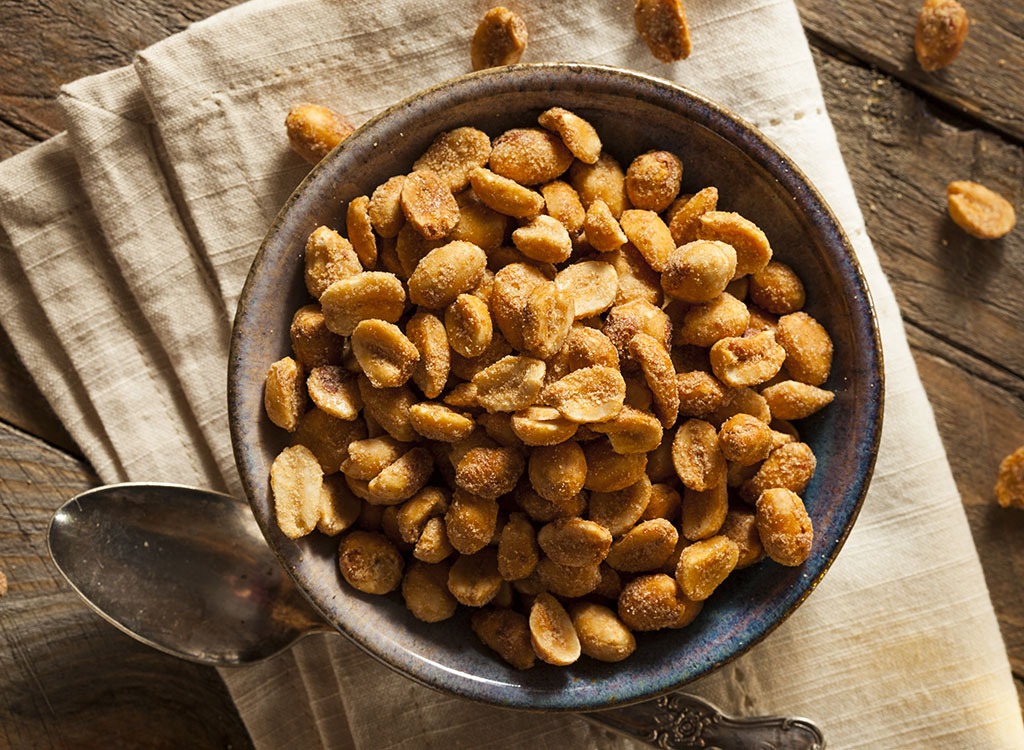
You may have heard that nuts are heart healthy, but not all nuts are not created equally. Roasted nuts, for instance, are high in advanced glycation end products which perpetuate damaged cell receptors and perpetuates insulin resistance,” Jacobson cautions. Choose raw nuts whenever possible and steer clear of these Worst Nuts for Weight Loss.
EAT THIS: Raw Almonds
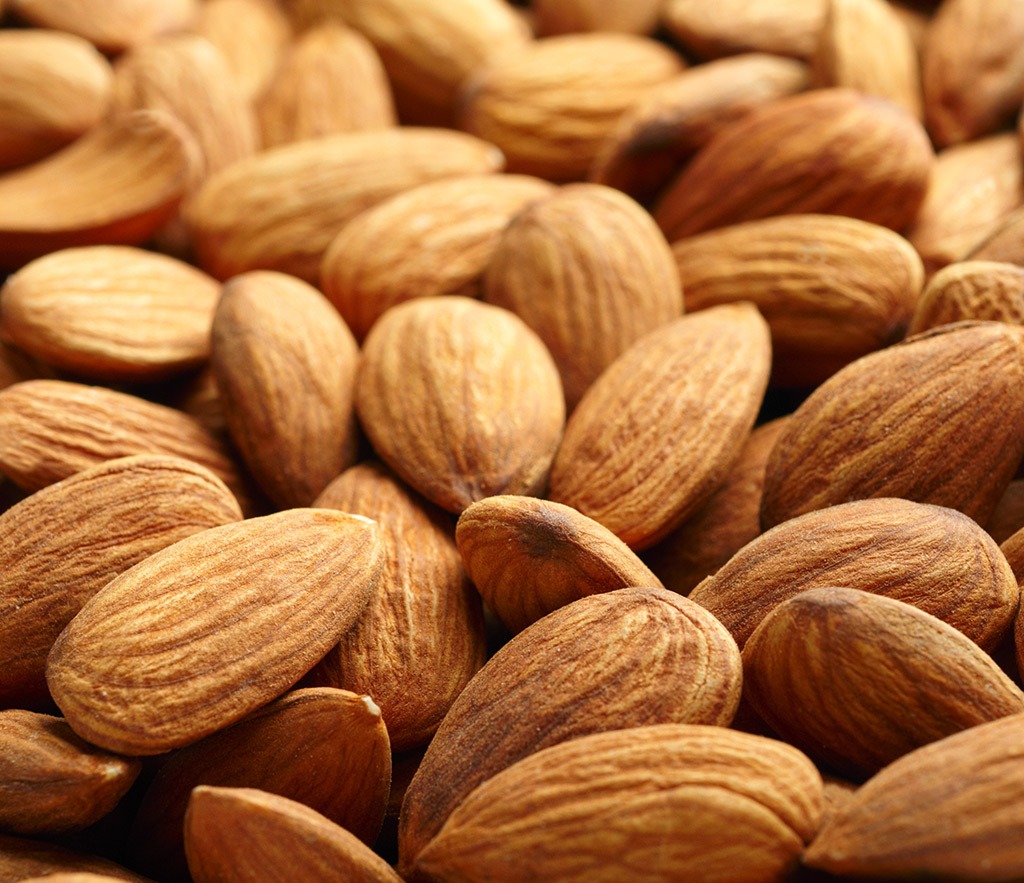
“I often recommend an ounce of almonds as a snack.” Zanini tells us. “Almonds don’t raise blood sugar levels and are a great source of magnesium, a nutrient that improves insulin sensitivity.”
EAT THIS: Ground Flaxseeds
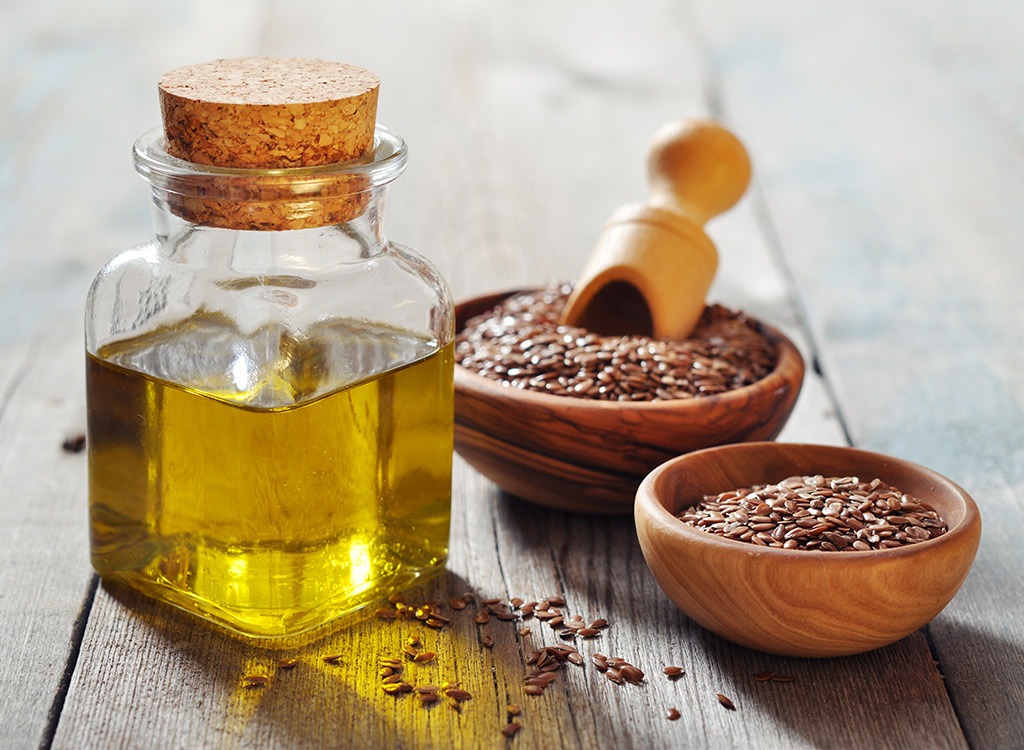
Add a satisfying crunch to your favorite oatmeal, salad, soup, or smoothie with the help of ground flaxseeds, a potent superfood for people with diabetes. “Ground flaxseeds contain lignans (a plant-based chemical compound) and fiber which help maintain blood sugar levels and glycemic control,” Koszyk explains.
DRINKS

When people map out their diabetes meal plan, most of the focus tends to be on the food. But don’t forget that what’s in your glass can also have an effect on your glucose levels and weight. Here are the best and worst options to help you stay hydrated.
DRINK THIS: Green Tea
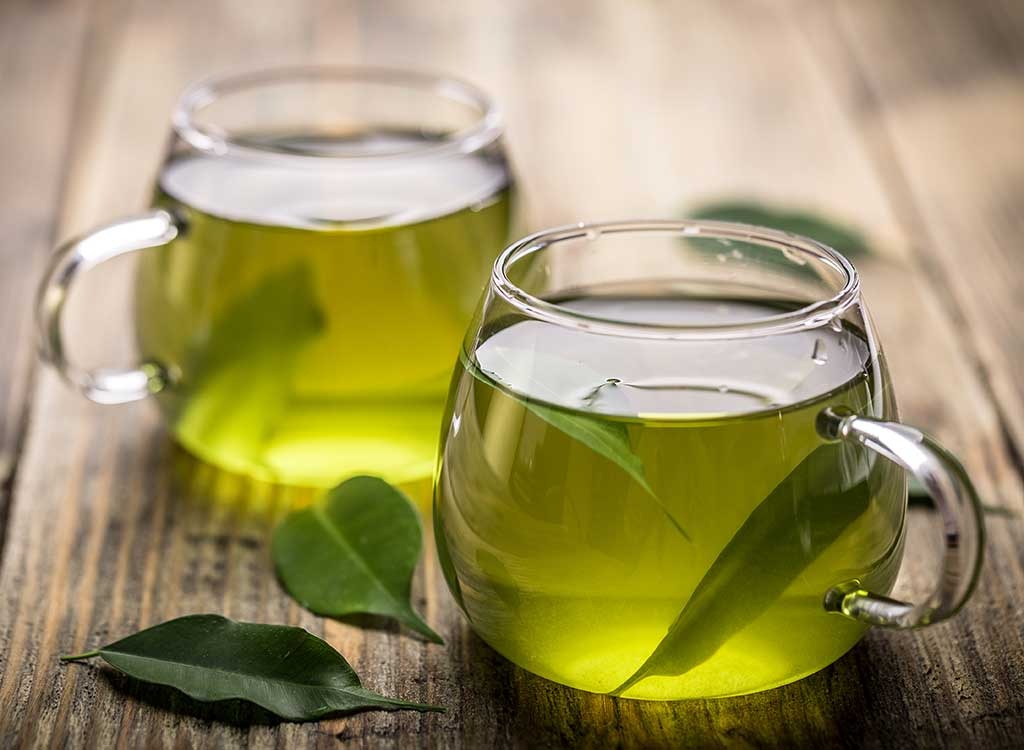
Zanini is a huge fan of green tea—and with good reason. Not only is it hydrating, it also helps prevent overeating and stabilizes blood-sugar levels. “It also increases our metabolism and reduces fat storage,” Zanini adds.
NOT THAT!: Fancy Coffee Drinks
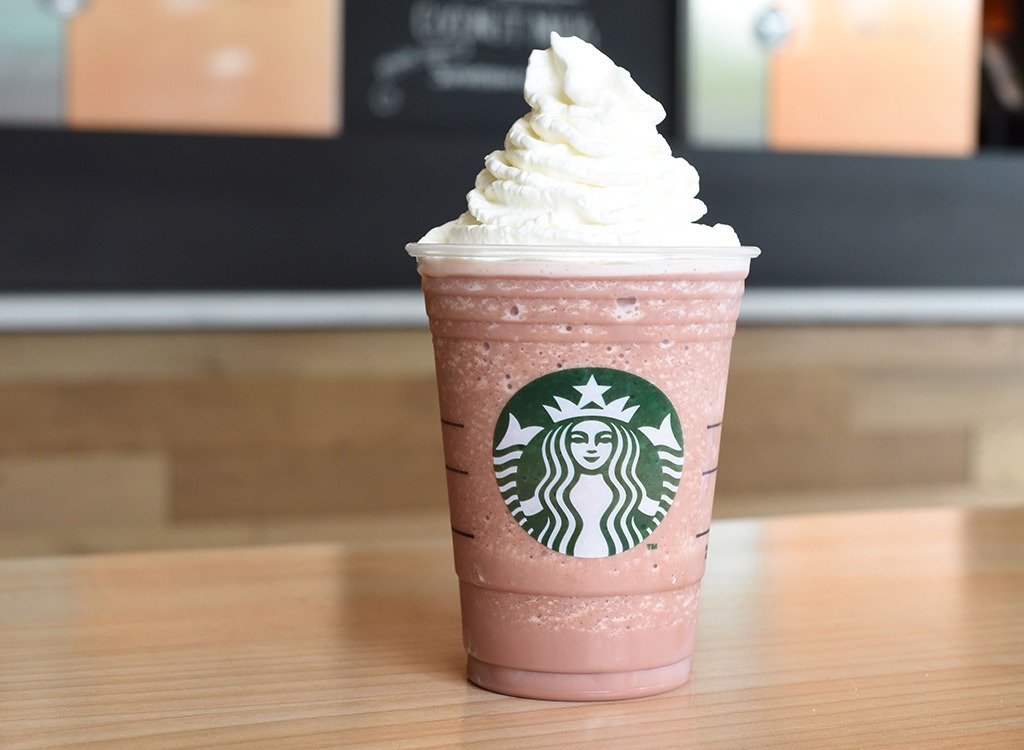
Sure, they look awful tempting topped with whipped cream and chocolate sauce, but you’ll want to say “no” to sugary coffee drinks, Zanini advises. “A small ice-blended chocolate coffee drink from a café can easily contain over 44 grams of sugar, which is equal to 11 teaspoons. That’s much more than the American Heart Association’s 6 teaspoon recommendation.” And speaking of the sweet stuff, say goodbye to added sugars—and farewell to your belly—with the Zero Sugar Diet! Order your copy today!
DRINK THIS: Coffee
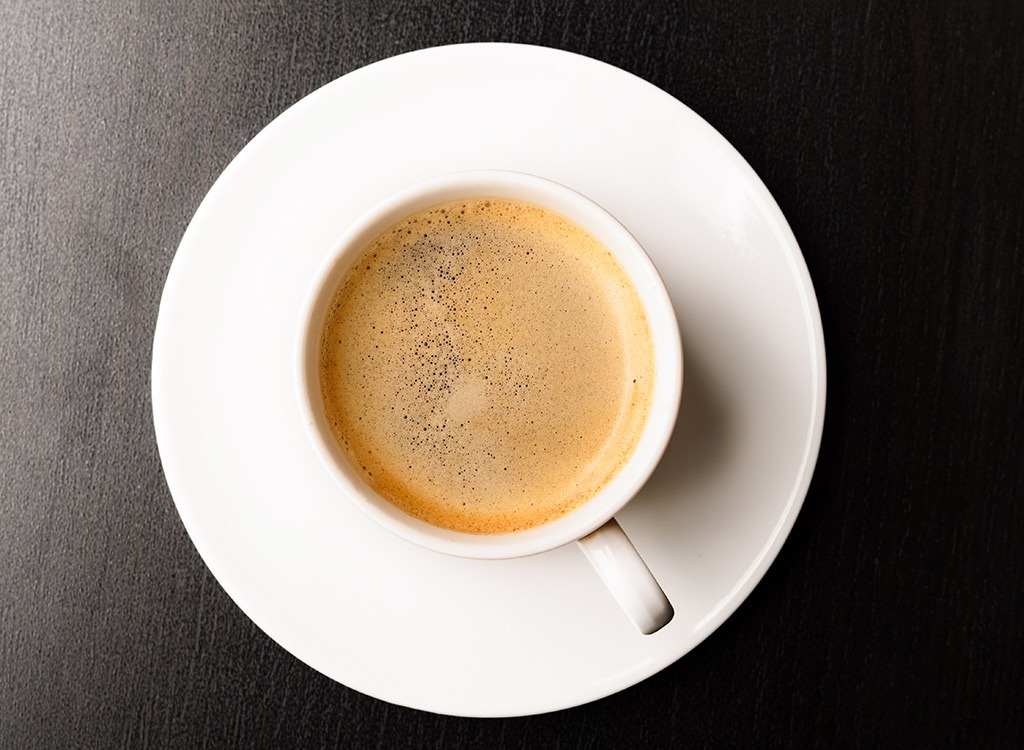
Because it’s low in calories and carbs, black coffee is a safe choice for diabetics. If you prefer your cuppa joe with some milk, choose 1% or skim, and make sure that you count it in your meal plan. A quarter-cup of skim milk—about what you’d pour into a 16-ounce coffee—provides about 3 grams of carbohydrates. A single sugar packet contains 4 grams of carbs.
NOT THAT!: Sports Drinks
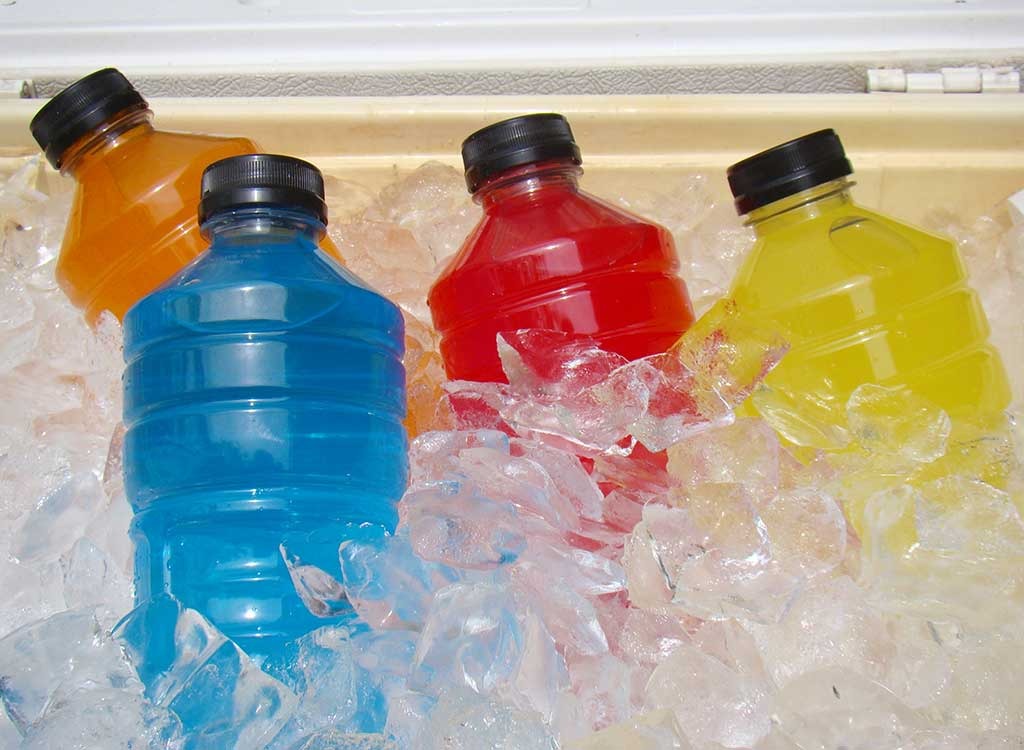
Sports drinks like Gatorade may be helpful for highly active, healthy people, but people with diabetes should steer clear—even if they hit the gym on the reg. “They can be an unnecessary source of calories, added sugars, and sodium, which are all things people with diabetes should avoid,” Newgent warns. Stay hydrated during your workout with cold H20—it really is your best bet.
NOT THAT!: Soda
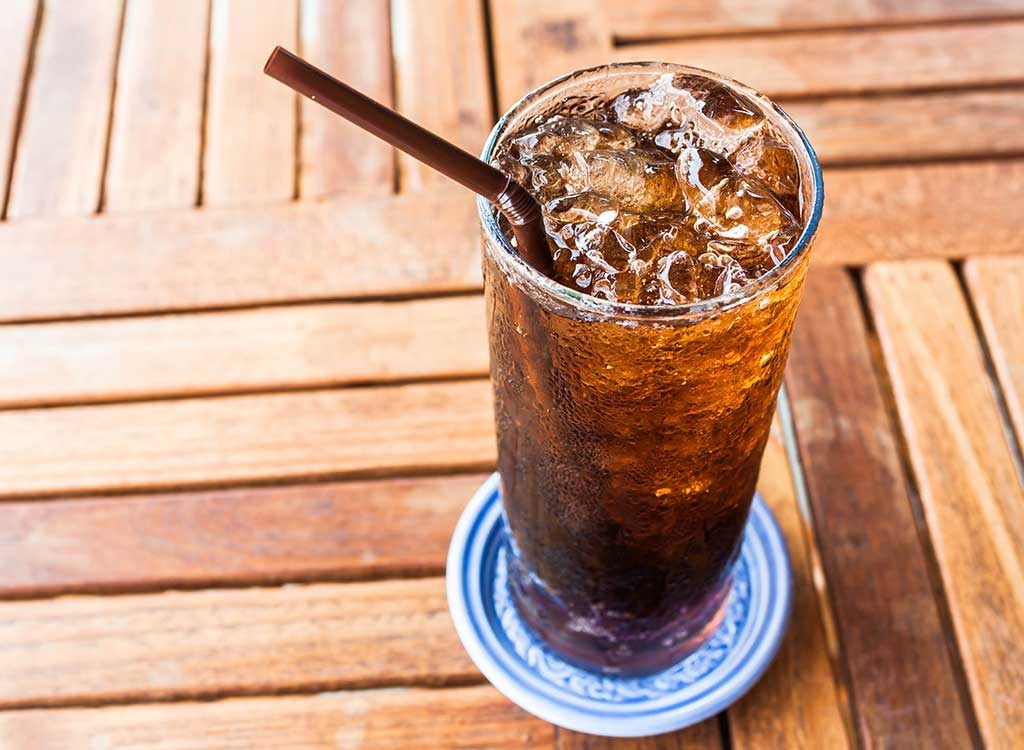
You may already know that soda isn’t best bets for diabetics, but you may not realize just how damaging the beverage can be. “Within the first 10 minutes of drinking a soda, about 10 teaspoons of sugar hit the system. It’s rapidly absorbed and signals an insulin release, which is a problem for people with diabetes since they have insulin resistance,” Jacobson explains, adding, “Diet sodas aren’t much better, either. Sweeteners are 200 to 600 times sweeter than sugar and signal an insulin release from the pancreas. So even if you’re not drinking straight-up sugar, you’re still signaling a release and perpetuating that dysfunctional physiological response.”